SOURCE: IDRW.ORG
In a significant stride towards fostering indigenous defense technology, Larsen & Toubro (L&T), one of India’s leading engineering and construction conglomerates, has announced a collaboration with the Indian Institute of Technology Kanpur (IIT Kanpur). This partnership is focused on the development of a Flight Laboratory dedicated to the advancement of Fixed Wing Unmanned Aerial Vehicles (UAVs) and the creation of sophisticated Flight Control Computers (FCC).
L&T, known for its expertise in defense systems integration and manufacturing, is leveraging IIT Kanpur’s renowned aerospace engineering capabilities. The flight laboratory at IIT Kanpur, already a hub for cutting-edge research in aviation technology, will now see an infusion of L&T’s industry know-how to further these initiatives.
Continue readingSOURCE: AFI

In the ever-evolving landscape of geopolitical strategy and military technology, South Asia stands at a critical juncture. Recent reports suggest that Pakistan is on the verge of acquiring the J-35A, a fifth-generation stealth fighter from China, potentially shifting the regional air power balance. This development raises questions about India’s strategic responses, particularly in the context of its own fifth-generation fighter jet program, the Advanced Medium Combat Aircraft (AMCA). With the United States still withholding approval for the sale of F-35A jets to Taiwan, could an invitation for Taiwan to join India’s AMCA project be a prudent move?
Pakistan’s move to procure the J-35A from China is not just about upgrading its military capabilities but also about sending a clear message to its neighbors, particularly India. The J-35A, designed for both air superiority and strike missions, is expected to enhance Pakistan’s air force significantly. This acquisition could provide Pakistan with a technological edge, at least temporarily, as India’s AMCA is still in development and not expected to be combat-ready until the mid-2030s. The implications of this are profound, potentially altering the air combat dynamics in South Asia .
Continue readingSOURCE: AFI

In a significant development towards enhancing India’s military mobility in rugged terrains, Larsen & Toubro (L&T) and BAE Hagglunds have jointly presented the BvS10 Beowulf, also known as Sindhu in its Indian variant, to the Indian Army. This articulated all-terrain vehicle (AATV) has undergone rigorous trials in the harsh conditions of the Ladakh region, demonstrating its capability to navigate through some of the world’s most challenging landscapes.
Developed to meet the specific operational demands of the Indian Armed Forces, the BvS10 Sindhu is an advanced version of the globally recognized BvS10 Beowulf.
Continue readingSOURCE: AFI

In recent years, the Indian judiciary has played a pivotal role in fostering gender equality within the traditionally male-dominated Indian Armed Forces. This evolution in military policy and practices can be seen as an imposition of feminist ideology, aimed at dismantling gender stereotypes and ensuring equal opportunities for women in the military. However, this push for equality has not been without controversy, as evidenced by a notable leaked letter concerning women officers.
The journey towards gender inclusivity within the Indian Armed Forces was significantly influenced by a series of landmark judicial decisions. In 2020, the Supreme Court of India ruled in favor of granting permanent commissions to women officers, a decision which was seen as a direct challenge to the military’s long-standing gender biases. The court’s directive not only allowed women to serve longer tenures but also opened the door for them to command units, a privilege previously reserved for male officers. This ruling was met with varied responses, with some hailing it as a victory for constitutional feminism, while others criticized it for potentially disrupting the military’s operational ethos without adequate preparation.
Continue readingSOURCE: AFI

The Indian Navy’s latest addition to its submarine fleet, INS Vaghsheer, has sparked interest not only for its capabilities but also for its emblematic crest. Contrary to what might be suggested by the Wikipedia entry, which labels ‘Vaghsheer’ as a type of sandfish, the official crest of the submarine proudly features a thresher shark, highlighting a fascinating choice in naval symbolism.
Launched under Project 75, INS Vaghsheer is the sixth and last submarine of this series, and its crest showcases a thresher shark, an animal known for its distinctive long caudal fin. This fin, which can be as long as the shark itself, is famously used by the thresher shark to whip and stun its prey, a characteristic that metaphorically aligns with the stealth and strike capability of a submarine.
Continue readingSOURCE: AFI

In a recent social media exchange, Sridhar Vembu, the CEO of Zoho Corporation, emphasized the critical need for India to achieve technological self-reliance in key sectors like defense. His comments were in response to a tweet by Indranil Roy, who highlighted the importance of countries developing their own military aircraft, using historical and contemporary examples.
Roy’s tweet praised the indigenous Tejas fighter jet program, defending it against criticism regarding production delays. He pointed out that nations like the United States, China, South Korea, and Turkey have pursued self-reliance in aircraft manufacturing, contrasting them with countries like Japan, Germany, and the UK, which he suggested have compromised their technological independence by opting for foreign solutions.
Continue readingSOURCE: RAUNAK KUNDE / NEWS BEAT / IDRW.ORG
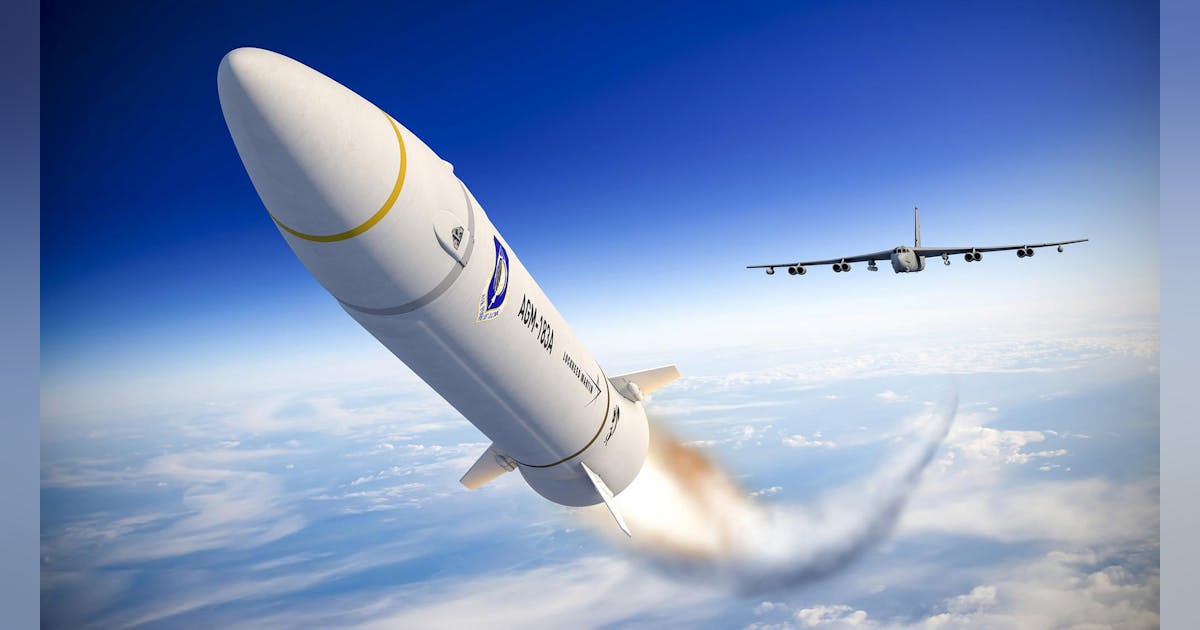
While the Defence Research and Development Organisation (DRDO) is forging ahead with developing India’s hypersonic missile program across multiple configurations, the Indian Air Force (IAF) appears to be taking a measured approach. According to an IAF official quoted by idrw.org, the service is not currently prioritizing the development of air-launched hypersonic cruise missiles. Instead, the IAF focuses on land-based hypersonic missile systems for near-future induction.
Developing air-launched hypersonic cruise missiles presents significant technological challenges, primarily in the area of miniaturization. Current hypersonic missile systems are large and heavy, making it difficult to adapt them for air-launched platforms. The official emphasized that achieving a weight of less than 1.5-2 tons—a critical parameter for operational deployment—is a long-term goal.
Continue readingSOURCE: RAUNAK KUNDE / NEWS BEAT / IDRW.ORG

In a move to further strengthen military ties with its neighbour, India has proposed supplying the Nepal Army with ‘Made in India’ AK-203 assault rifles. This proposal comes as an upgrade from the currently used INSAS rifles, which have been the standard issue for the Nepalese Army since India began supplying them in 2001.
Since 2001, Nepal has received approximately 26,000 INSAS rifles under a generous arrangement from India, where New Delhi subsidized 70% of the cost. These rifles have been pivotal in the Nepalese military’s operations, making Nepal the second-largest operator of INSAS rifles after the Indian Army. However, as of July 20, 2020, the Nepali Army transferred 600 of these rifles to the Nepali Armed Police Force, indicating a shift or expansion in the use of this equipment.
Continue readingSOURCE: RAUNAK KUNDE / NEWS BEAT / IDRW.ORG
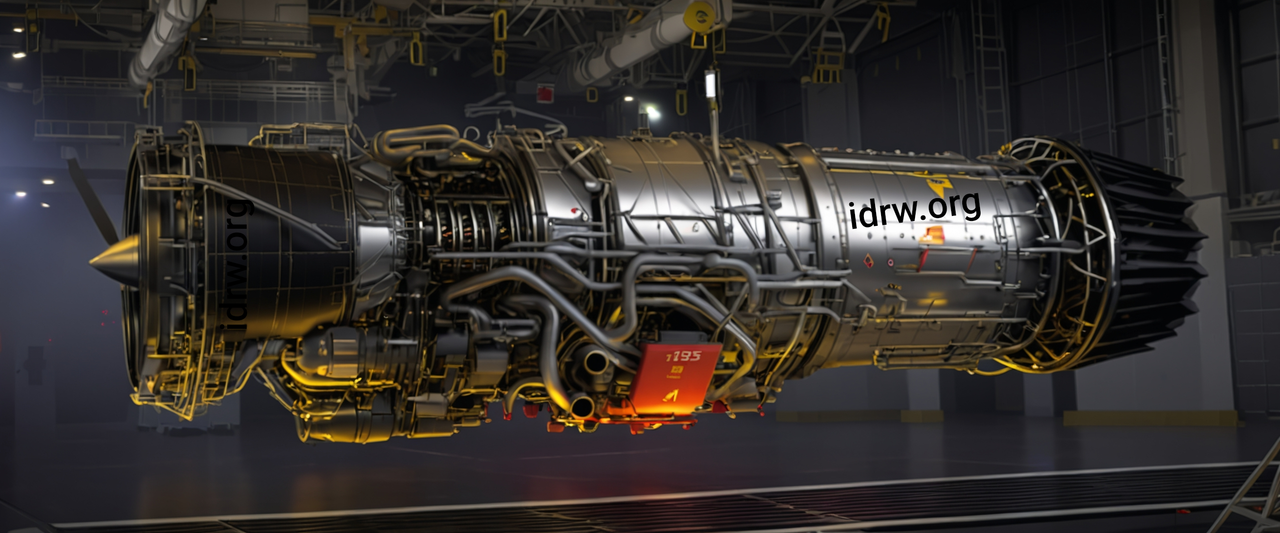
The Aeronautical Development Agency (ADA) has shed light on the engine strategy for the Twin Engine Deck-Based Fighter (TEDBF) program, as reported by idrw.org. According to an ADA official, the current plan involves equipping the TEDBF with the General Electric F-414 engine, which produces 98 kN of thrust. This decision aligns with the program’s updated timelines, aiming for a rollout of the aircraft in late 2028 or mid-2029.
The F-414 engine, which will already be used in Tejas MkII and AMCA MkI aircraft, offers a proven technology for the TEDBF, which is designed to meet the Indian Navy’s requirements for a carrier-based fighter. The choice of this engine ensures that the TEDBF can begin production by 2034 without delays due to engine development issues.
Continue readingSOURCE: IDRW.ORG
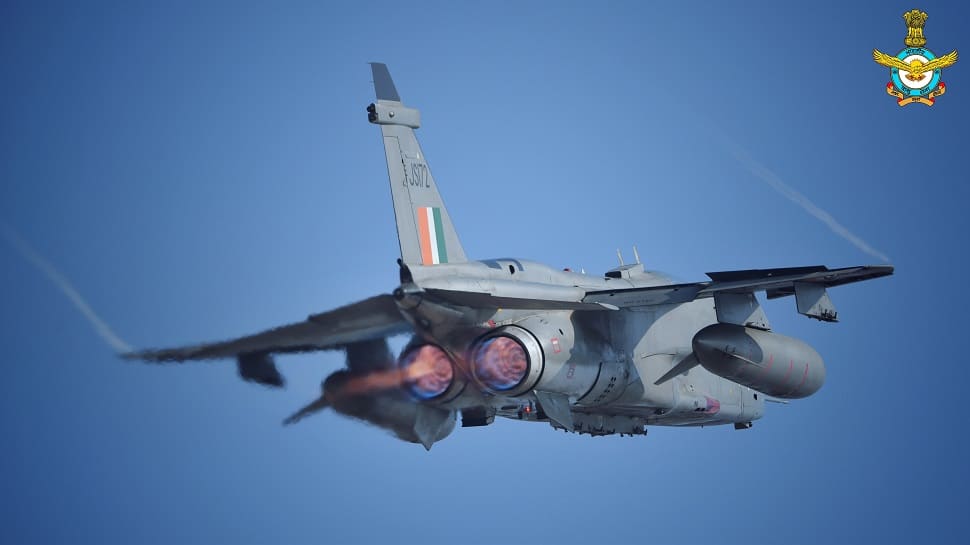
The Indian Air Force (IAF) operates one of the last active fleets of the SEPECAT Jaguar, a versatile ground-attack and reconnaissance aircraft that has been integral to India’s defense strategy since its induction in the late 1970s. Central to the Jaguar’s performance are its Adour Mk 102 turbofan engines, each rated at 22.75kN of dry thrust. With the global production of spares long ceased, the responsibility to maintain these engines falls on specialized Indian institutions like the Mishra Dhatu Nigam Limited (MIDHANI) and the Gas Turbine Research Establishment (GTRE), in collaboration with Hindustan Aeronautics Limited (HAL).
MIDHANI has been instrumental in ensuring the longevity and efficiency of the Adour engines. Posts on X have highlighted MIDHANI’s role in creating core parts for these engines, specifically mentioning their success in producing and supplying 200 High Pressure Compressor (HPC) disc forgings to HAL. These components are vital for the engine’s performance, as they are part of the compressor stages where air is pressurized before combustion. The partnership between MIDHANI and the Defence Metallurgical Research Laboratory (DMRL) has utilized advanced isothermal forging technology to enhance the durability and reliability of these parts, ensuring they meet the stringent requirements of military-grade operations.
Continue readingSOURCE: AFI

In a strategic development that underscores India’s growing clout in defense technology collaborations, the Indian defense sector has left both Safran of France and Rolls-Royce of the UK in a state of uncertainty regarding the co-development of the engine for the Advanced Medium Combat Aircraft (AMCA). The Gas Turbine Research Establishment (GTRE), under India’s Defence Research and Development Organisation (DRDO), has yet to announce its choice of partner for this critical project.
The AMCA program, aimed at producing a 5th generation stealth fighter jet, is at the heart of India’s ambitions to achieve self-reliance in military aviation. The engine, a key component, is expected to deliver between 110-130kN of thrust, marking a significant leap in capability over current Indian fighter engines.
Continue readingSOURCE: AFI

Larsen & Toubro (L&T), one of India’s premier engineering and construction conglomerates, has embarked on a significant technological venture with the Indian Institute of Technology Delhi (IIT-Delhi) to develop an indigenous 3D scanning SONAR system tailored for underwater applications. This partnership aims to push the boundaries of underwater exploration and surveillance in India, highlighting a step towards self-reliance in advanced marine technology.
The collaboration focuses on creating a state-of-the-art 3D SONAR system that leverages the latest in acoustic technology to provide detailed three-dimensional imaging of underwater environments. The project is particularly aimed at enhancing capabilities for applications such as underwater inspection, mapping, and navigation, which are crucial for industries like defense, oil and gas, and marine research.
Continue readingSOURCE: AFI

Hindustan Aeronautics Limited (HAL) finds itself at a critical juncture with its Light Utility Helicopter (LUH) program, particularly with the imminent threat of increased competition from the Airbus H125 in the Indian market. The Airbus H125, soon to be assembled in India through a partnership with Tata Advanced Systems Limited (TASL), poses a significant challenge to HAL’s LUH.
Here’s why HAL needs to accelerate the development and production of an improved LUH MkII.
Continue readingSOURCE: IDRW.ORG
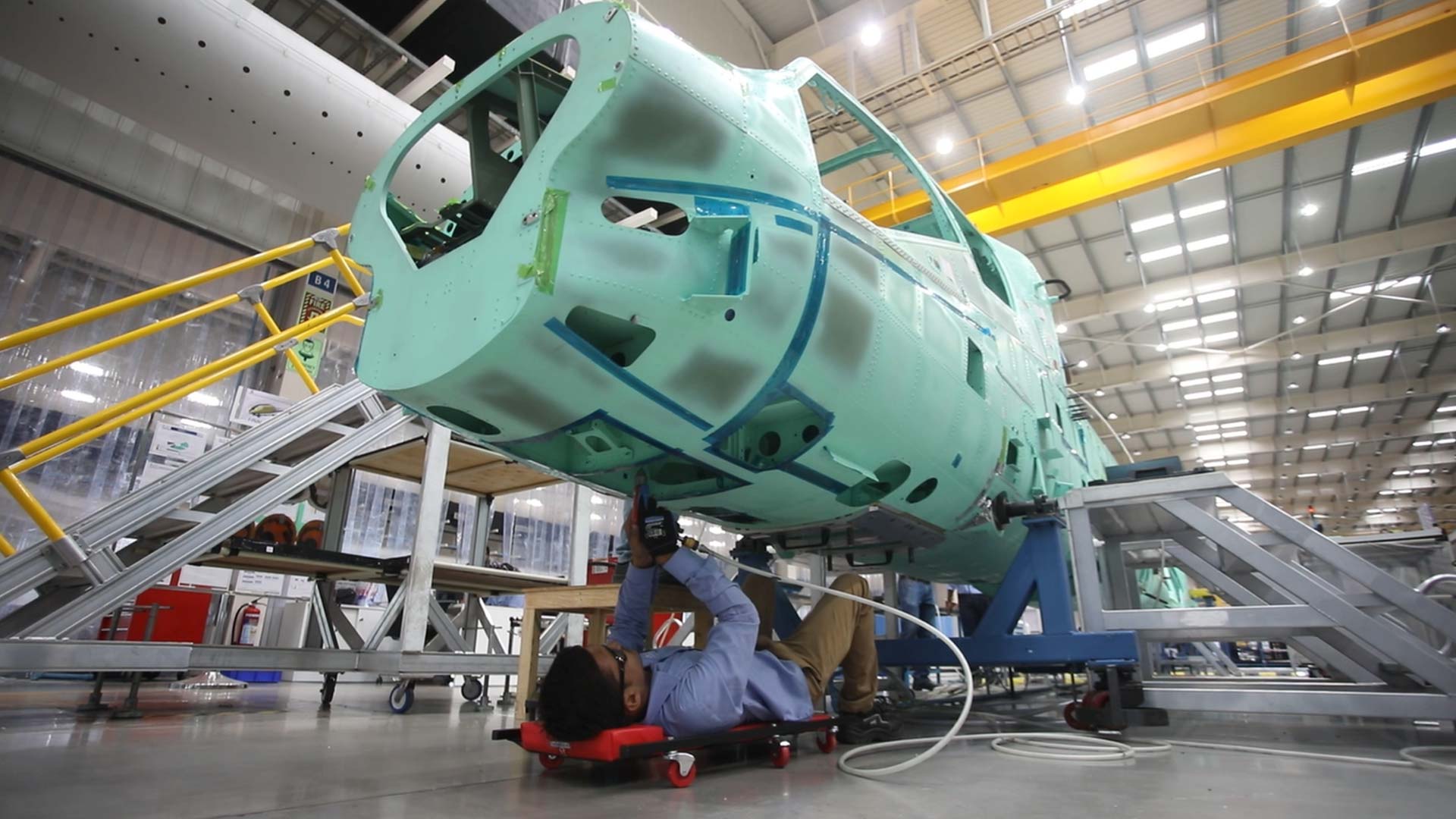
Sukaran Singh, CEO and Managing Director of Tata Advanced Systems Ltd., recently shared critical insights at the Centre for Air Power Studies (CAPS), emphasizing the need for a deeper strategic approach to India’s aerospace and defense ecosystem. Speaking candidly, Singh highlighted the achievements and shortcomings of initiatives like “Make in India” and “Aatmanirbhar Bharat,” stressing the importance of strategic control and proactive policy support to drive innovation and self-reliance in defense technologies.
Singh outlined the primary objectives of “Make in India,” noting the initiative’s potential to create jobs by transferring manufacturing activities to India. However, he argued that the broader aim should go beyond employment generation to achieving strategic control over key technologies. He emphasized the importance of self-sufficiency in developing and exporting advanced defense platforms, which would reduce dependencies on external actors and secure India’s strategic autonomy.
Continue readingSOURCE: AFI
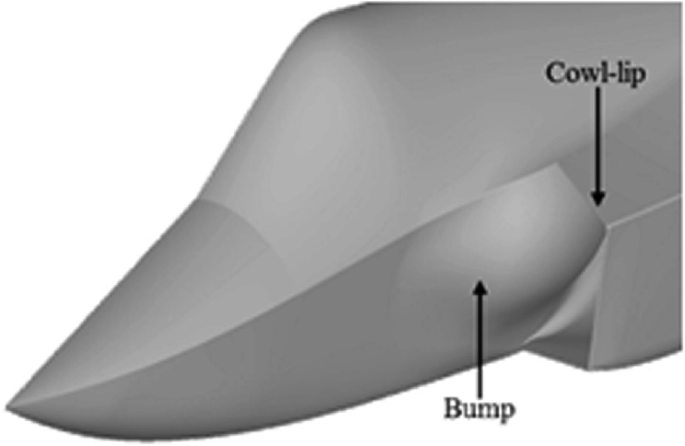
The Indian Air Force’s indigenous fighter jet projects, the Tejas MkII and the Advanced Medium Combat Aircraft (AMCA), showcase India’s ambition to become self-reliant in military aviation. A notable distinction between these two aircraft is the use of Diverterless Supersonic Inlet (DSI) technology. While the AMCA adopts this modern design feature, the Tejas MkII does not. Here’s an analysis of the reasons behind this difference in design philosophy.
DSI intakes are a modern innovation in aircraft design, particularly for fighters, where they replace traditional intake systems with diverter plates. They offer benefits like reduced radar cross-section due to fewer moving parts, less drag, and potentially better airflow management. This technology is particularly advantageous for stealth aircraft, where minimizing radar visibility is crucial .
Continue reading